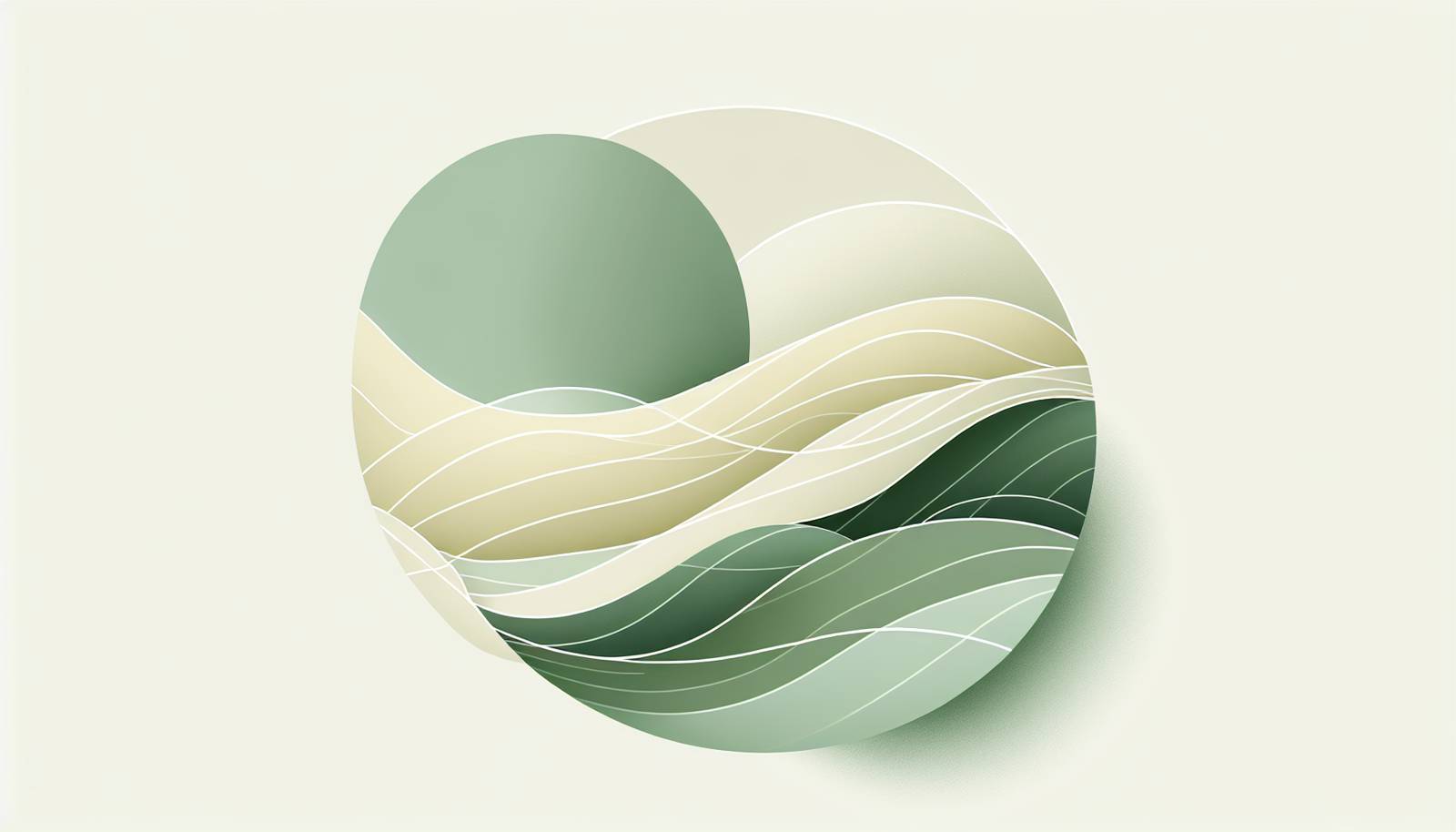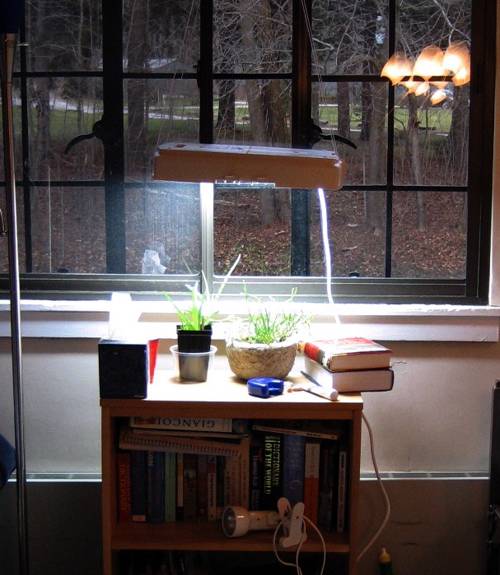
FAQ About Energy-Efficient Indoor Plant Lighting

What types of energy-efficient lighting options are available for indoor plants?
The most popular energy-efficient lighting options for indoor plants include LED lights, fluorescent lights, and compact fluorescent lights (CFLs). LED lights are particularly favored for their energy savings and long lifespan, as they use less electricity and produce less heat compared to traditional lighting. Fluorescent lights, including T5 and T8 tubes, are also efficient and widely used in plant growth setups.

How do LED grow lights benefit indoor plants?
LED grow lights are beneficial for indoor plants as they emit specific light wavelengths essential for photosynthesis, promoting healthy growth and flowering. They are energy-efficient, consuming less power while providing the right intensity and spectrum needed for plants. Additionally, LED lights have a longer operational life, reducing the frequency and cost of replacements.

Do LED lights consume less energy compared to other lighting types?
Yes, LED lights are more energy-efficient than traditional lighting options like incandescent or fluorescent lights. They use up to 75% less energy and last significantly longer, which helps in reducing electricity bills and lowering overall energy consumption.

What should I consider when choosing energy-efficient lighting for indoor plants?
When selecting energy-efficient lighting for indoor plants, consider the light spectrum, intensity, and duration. Look for lights that provide the appropriate spectrum needed for photosynthesis. It's also essential to consider the size of the growing area, the number of plants, and the specific light requirements of each plant type. Energy consumption and the operational life of the lighting system are also crucial factors.

How does the light spectrum affect plant growth?
The light spectrum affects plant growth by providing the wavelengths needed for various stages of development. Blue light (400-500 nm) promotes vegetative growth, while red light (600-700 nm) encourages flowering and fruiting. Full-spectrum lights, which mimic natural sunlight, are often preferred as they balance both blue and red wavelengths, providing a comprehensive light source for plant health.

Are there cost-saving tips for using indoor plant lighting?
To save costs on indoor plant lighting, use LED lights for their efficiency and longevity. Automate your lighting system with timers to ensure lights are on only when necessary. Positioning plants to maximize exposure to natural sunlight during the day can also reduce reliance on artificial lighting, further cutting energy costs.

What is the ideal distance between LED grow lights and plants?
The ideal distance between LED grow lights and plants largely depends on the light intensity and the plant species. Generally, LED lights should be placed about 12-36 inches above the plants. It’s important to follow the manufacturer’s guidelines and monitor plant response, adjusting the distance as needed to avoid light burn or inadequate exposure.

Can all indoor plants thrive under energy-efficient grow lights?
Most indoor plants can thrive under energy-efficient grow lights if the appropriate type and intensity are used. However, it’s crucial to tailor the lighting setup to suit specific plant needs. Some plants might require more light than others, so understanding your plants' specific requirements is key to successful growth.

How do I optimize my indoor plant lighting setup for energy efficiency?
Optimizing your indoor plant lighting setup involves proper placement and scheduling. Use reflective surfaces to maximize light distribution, position lights strategically to cover the growing area efficiently, and utilize a timer to control light cycles. Choosing LED grow lights with adjustable spectrum or intensity can also enhance energy efficiency.

What are the environmental benefits of using energy-efficient plant lights?
Using energy-efficient plant lights, like LEDs, reduces electricity consumption and lowers carbon emissions, contributing to a smaller carbon footprint. Additionally, their long lifespan means fewer resources are spent on manufacturing and fewer lamps end up in landfills, making them an environmentally friendly choice.

Can energy-efficient lighting affect the growth speed of indoor plants?
Yes, energy-efficient lighting can positively influence the growth speed of indoor plants by providing optimal light conditions that enhance photosynthesis. The specific light spectrum emitted by these lights can be tailored to support either vegetative growth or flowering, which may shorten growth cycles and improve overall efficiency.

Is it necessary to change the light spectrum for different growth stages in plants?
Yes, adjusting the light spectrum for different growth stages can promote plant health and optimize growth. Blue light is best during the vegetative stage, while red light aids in flowering. Many modern LED grow lights offer adjustable spectrums, allowing users to switch between settings as plants transition from one growth stage to another.

What are full-spectrum LED grow lights and are they energy-efficient?
Full-spectrum LED grow lights simulate natural sunlight by providing a balanced range of light wavelengths, essential for the entire plant growth cycle. They are energy-efficient as they typically use less electricity than traditional lighting and can enhance photosynthetic rates, improving plant production while minimizing energy use.

How long should indoor plant lights be left on each day?
The duration for which indoor plant lights should be on varies based on the plant species and the growth stage. Generally, 12-16 hours of light per day is adequate for most plants. For seedlings or high-light plants, up to 18 hours might be needed. Using a timer can help maintain a consistent light schedule.

What are some misconceptions about energy-efficient plant lighting?
A common misconception is that more light always means better plant growth. In reality, excessive light can damage plants. Another misconception is that all LED lights are suitable for plant growth, while only those designed as grow lights provide the correct spectrum. It's also mistakenly believed that energy-efficient lights are costlier long-term, but their reduced energy usage and longevity make them more economical.

Are there specific brands known for quality energy-efficient plant lights?
Some reputable brands known for producing quality energy-efficient plant lights include Philips, GE Lighting, and Spider Farmer. These manufacturers offer a range of products that have been positively reviewed for their efficiency and effectiveness in indoor plant cultivation.

Is it possible to DIY an energy-efficient plant lighting system?
Yes, it's possible to DIY an energy-efficient plant lighting system. You can purchase LED grow light kits or individual components to build custom lighting setups tailored to your needs. However, ensure you understand electrical safety and the light requirements of your plants before attempting a DIY solution.

How does temperature impact the efficiency of indoor plant lighting?
Temperature can affect the efficiency and lifespan of indoor plant lighting. High temperatures may decrease the efficiency of LEDs by increasing energy consumption and reducing their lifespan. It's essential to maintain a stable environment and ensure proper ventilation to optimize the performance and longevity of the lighting system.

What role does reflectivity play in indoor plant lighting efficiency?
Reflectivity plays a significant role in indoor plant lighting efficiency by redirecting light that would otherwise be wasted. Using reflective materials on walls or grow tents enhances light coverage and intensity, ensuring more light reaches the plants. This can lead to better growth outcomes and reduced energy usage since the light is utilized more effectively.

Can energy-efficient plant lights be used in any indoor space?
Energy-efficient plant lights can be used in various indoor spaces, from small apartments to large greenhouses. Their versatility and low heat output make them suitable for different environments, allowing for the customization of growing conditions to suit the space available and the specific needs of the plants.
